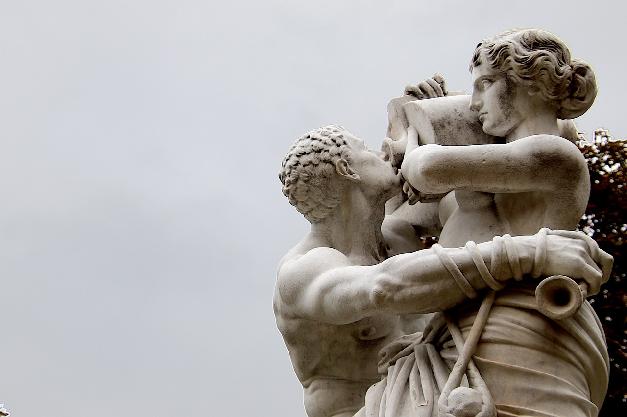Tantra: Uncovering the Mysteries and Misconceptions

When we hear the word “tantra,” many of us may conjure up images of exotic and sensual practices. But in reality, tantra is a spiritual and philosophical tradition that dates back thousands of years. At its core, tantra is a path of self-discovery and liberation, incorporating elements of meditation, yoga, and ritualistic practices. However, due to its misunderstood reputation and misappropriation in popular culture, tantra remains shrouded in mystery and controversy. In this article, we will delve deeper into the world of tantra and uncover its true essence and purpose.
Origins of Tantra
The origins of tantra can be traced back to ancient India, where it emerged around the 5th century CE. The term “tantra” comes from the Sanskrit root word “tan,” which means “to stretch” or “to weave.” This refers to the weaving together of spiritual and physical aspects of life to achieve ultimate union and liberation.
Tantra has its roots in Hinduism and Buddhism, with some influences from the indigenous tradition of shamanism. It was initially an oral tradition, passed down from gurus to their students, and its teachings were considered highly sacred and secret. Tantra was seen as a faster and more direct path to enlightenment than traditional practices, as it utilized the body and senses as a tool for spiritual growth.
The Philosophy of Tantra
At its core, tantra is a holistic practice that recognizes that the individual is a microcosm of the universe. It believes that within each person lies the divine and that understanding and connecting with this divinity is the ultimate goal. Tantra encourages the exploration of all aspects of the self, including the physical, mental, emotional, and spiritual, to achieve a state of union and harmony.
One of the key principles of tantra is the concept of “Shiva-Shakti.” Shiva represents the masculine and consciousness, while Shakti represents the feminine and creative energy. These two forces are seen as complementary and interconnected, with the ultimate goal being to unite them within oneself and attain a state of balance and harmony.
Practices and Rituals of Tantra
Tantra utilizes a variety of practices and rituals to help individuals reach a state of union and spiritual awakening. These practices include meditation, yoga, mantra chanting, and various types of breathwork. Tantra also incorporates the use of symbols, such as the mandala, to help individuals visualize and connect with the divine. Furthermore, ritualistic practices, such as puja (worship), yantra (sacred diagrams), and yagna (sacred fire ceremonies), are used to honor and connect with the divine.
One of the most misunderstood practices of tantra is tantric sex, also known as “Maithuna.” In tantra, sex is seen as a sacred act and a way to connect with the divine aspect of the self and one’s partner. It is a way to transcend physical pleasure and achieve spiritual bliss. However, it is important to note that this practice is only a small aspect of tantra and should not be reduced to its sexual aspect.
Myths and Misconceptions of Tantra
Despite its ancient roots and deep philosophical underpinnings, tantra has become synonymous with sexual practices and exoticism in popular culture. This misrepresentation has led to many misconceptions and myths about tantra. One of the most prevalent is that tantra is solely focused on sex and that tantric sex is just a way for couples to have better and longer orgasms. This is far from the truth, as tantric sex is a spiritual practice that requires discipline, self-control, and a deep understanding of the self and one’s partner.
Another misconception is that tantra is only for couples or individuals seeking a more fulfilling sex life. While tantra does incorporate sexual practices, it is not exclusive to couples or those seeking a better sex life. Tantra is a spiritual practice that can be beneficial for anyone regardless of their relationship status or sexual orientation.
The Commercialization of Tantra
In recent years, there has been a rise in the commercialization of tantra, with many individuals and organizations offering workshops, retreats, and classes promising a quick path to enlightenment and sexual fulfillment. This has led to the dilution and misunderstanding of tantra’s true essence and has caused harm to the reputation of this ancient practice.
It is crucial to note that tantra is not a quick fix or a one-size-fits-all approach. It is a lifelong journey that requires dedication, discipline, and a deep understanding of oneself. The commercialization of tantra undermines its true purpose and diminishes the significance of its practices.
In Conclusion
Tantra is a profound and ancient spiritual tradition that offers a holistic approach to self-discovery and liberation. It is a path of union and harmony that recognizes the divinity within each individual and aims to connect one with the universal consciousness. While tantra has been subjected to misrepresentation and misunderstanding, it remains a powerful and transformative practice


